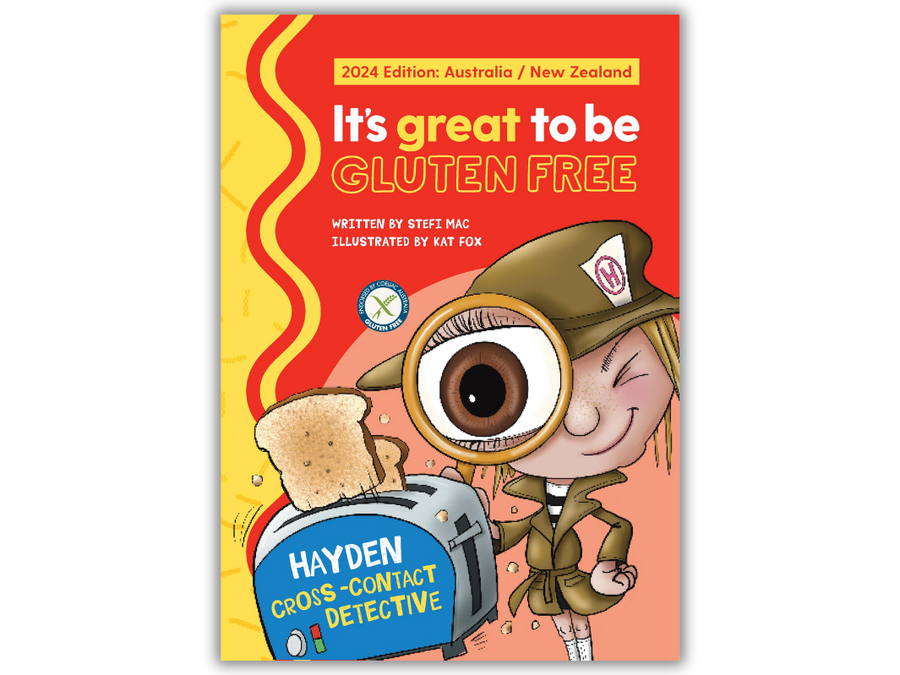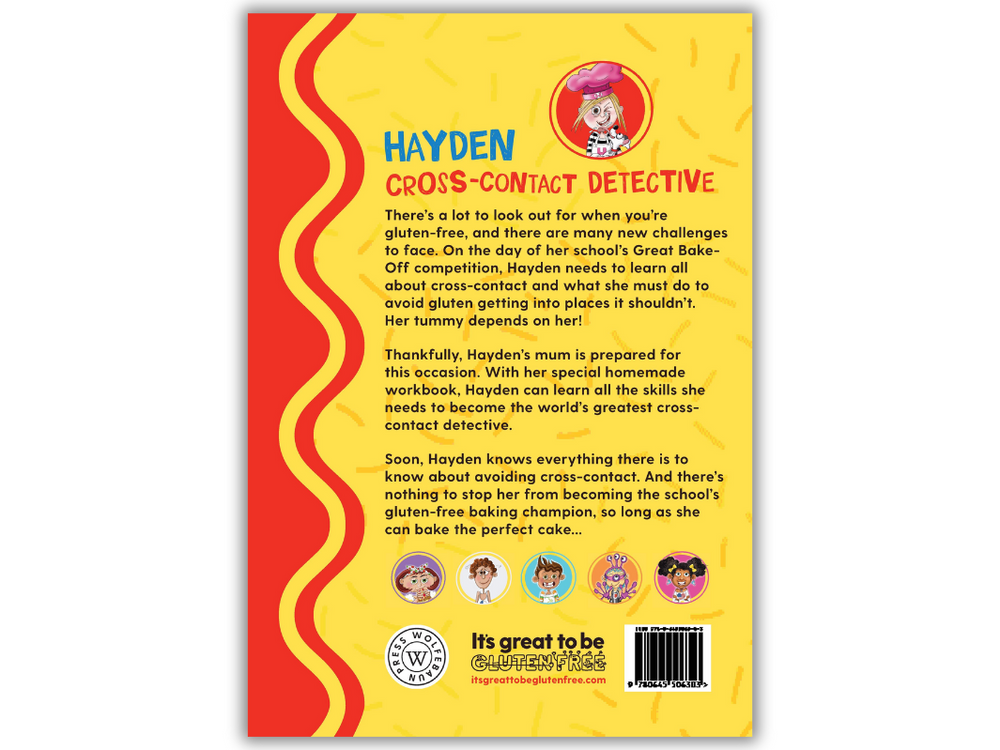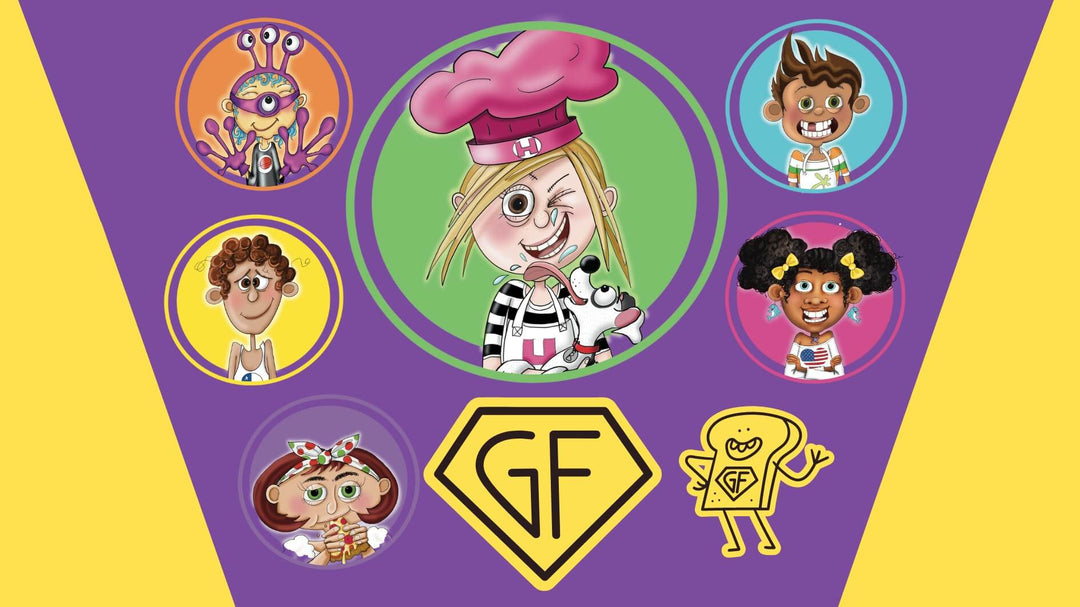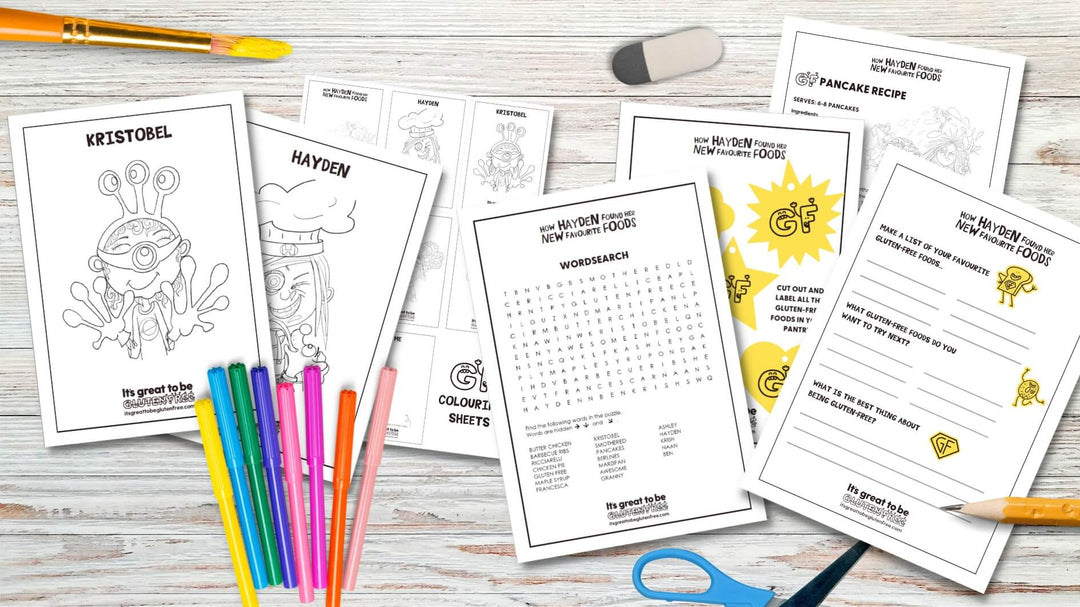The Latest on 'May Contain' Statements
Do you avoid 'May Contains', or does it depend on the product?
A hotly debated topic, there's often varying opinion when it comes to whether or not it's safe to eat foods with a gluten-related 'may contain' statement on the label.
To gauge the views of our readers, we recently ran a poll on our instagram (@itsgreattobeglutenfree) asking readers if they consumed products with a 'may contain' allergen warning. With a little over 90 responses, here are the results:

So why the divide?
1) No Governance
Currently, 'may contain' statements are not regulated by Food Standards Australia New Zealand (FSANZ). The food maker can choose whether or not they wish to include these statements on their food labels.
2) Genuine Risk or Blank Statement?
The intention behind a 'may contain' is to alert consumers of the unintended presence of gluten in the food they are about to eat. This could include cross-contact from:
- Ingredient sourcing,
- Use of processing facilities that make other foods containing gluten.
But how do we know the amount of unintentional cross-contact, if any? And whether it's within, or exceeds, a safe tolerable level? This is where the use of blanket statements can help a food maker reduce consumer risk while another food maker may choose not to declare a serious cross-contact risk at all...
3) Food Availability & Brand Trust
Some consumers choose to eat 'may contains' based on:
- Lack of available food options or variety,
- Trust of the food-maker & their manufacturing processes.
Similarly, some consumers choose to avoid the foods of some food-makers, even if they don't display a 'may contain' warning, because of an existing cross-contact related experience with one or more of their products.
So what do we do? What do the experts recommend?
Unfortunately, there's no hard rules to guide us when it comes to whether you need to avoid, or can eat, a product that displays a 'may contain' statement. Overall, FSANZ and Coeliac Australia recommend personal discretion.
What we can do to minimise gluten-exposure.
VITAL®
The Allergen Bureau’s VITAL® (Voluntary Incidental Trace Allergen Labelling) Program is a voluntary program that provides a standardised allergen risk assessment process for food makers. FSANZ recommends asking a food-maker if they have used the VITAL® process when enquiring about the 'may contain' status of a food.
FSANZ
FSANZ also suggest:
- Discussing 'may contains' and your health needs with your doctor and dietitian, then decide on a path forward as a team.
- Never consume a potentially risky product if there are safer alternatives, or without a health & risk management plan in place.
- If you do decide to trial a food with a gluten-related 'may contain' statement, check the entire label first and contact the food-maker to fully investigate the risk. We note that sticky products such as chocolate and ice-cream can carry a higher risk than other foods with 'may contain' statements.
- Keep in contact with your doctor, follow-up routine testing, and always stop eating a food if you experience symptoms of glutening.
For more information on 'may contains', contact the coeliac society in your country or the food standards regulator.
New Title Release
Our new title, 'Hayden, Cross-Contact Detective' is officially open for preorder. Watch as your child transforms into a top-class cross-contact detective! This interactive workbook is part story, part step-by-step guide teaching kids and families how to manage cross-contact both inside and outside the home.











Leave a comment